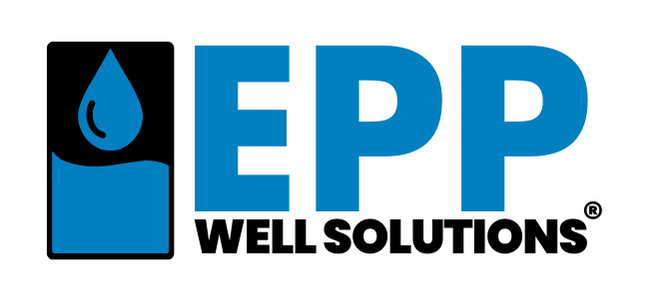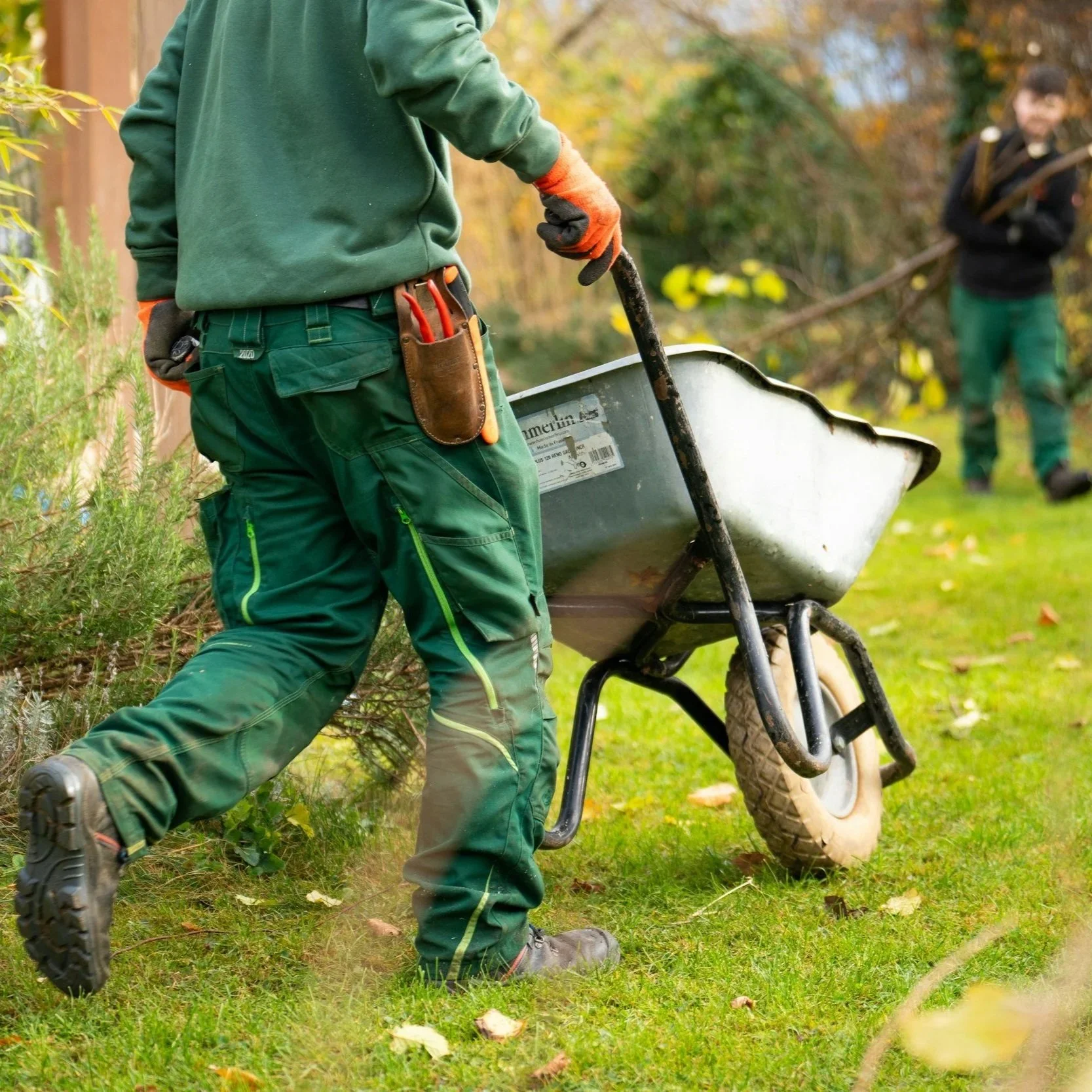The Impact of Landscaping on Your Well’s Performance
For homeowners relying on well water, maintaining a consistent and reliable water supply is a top priority. While much attention is given to well maintenance, pump efficiency, and storage solutions, one often-overlooked factor is the impact of landscaping on a well’s performance. The way you design and manage the land around your well can significantly influence its output, water quality, and long-term sustainability. From plant choices to irrigation practices, landscaping decisions can either support or hinder your well’s ability to meet household needs. This article explores how landscaping affects well performance, offering practical insights for well owners to optimize their water supply while enhancing their property’s beauty.
Understanding Your Well’s Environment
A well draws water from an underground aquifer, and its performance depends on the aquifer’s recharge rate, the well’s depth, and the surrounding environment. The landscape around your well—encompassing soil, plants, and water usage—plays a critical role in how effectively the aquifer is replenished and how much water a well holds. Poor landscaping choices, such as water-intensive plants or improper drainage, can strain the aquifer or contaminate the water supply, reducing the well’s output or quality. Conversely, thoughtful landscaping can protect the well, enhance groundwater recharge, and ensure a steady supply for household needs.
Many well owners are unaware of how their landscaping decisions ripple through their water system. For instance, planting thirsty trees near a well or over-irrigating a lawn can deplete groundwater faster than it can recharge. Similarly, paving over large areas or neglecting erosion control can alter how rainwater reaches the aquifer. Understanding these dynamics is the first step toward creating a landscape that supports, rather than undermines, your well’s performance.
How Landscaping Affects Well Performance
Groundwater Recharge and Plant Choices
The plants you choose for your landscape directly impact your well’s performance by influencing groundwater recharge—the process by which rainwater percolates through the soil to replenish the aquifer. Water-intensive plants, such as large trees or lush lawns, can consume significant amounts of groundwater, competing with your well for the same limited resource. For example, a mature oak tree can draw hundreds of gallons of water daily, potentially lowering the water table in areas with low-yielding wells. This competition can reduce the well’s output, especially during dry seasons when recharge is already limited.
Opting for drought-tolerant or native plants is a smarter choice for well owners. Native species, adapted to local climate and soil conditions, typically require less water and have root systems that promote soil stability and water infiltration. Grasses like buffalo grass or shrubs like sagebrush, for instance, thrive with minimal irrigation, leaving more groundwater available for your well. By prioritizing low-water plants, you reduce strain on the aquifer, helping maintain consistent well performance year-round.
Irrigation Practices and Water Demand
Irrigation is a common landscaping practice, but it can significantly affect your well if not managed carefully. Over-irrigating a lawn or garden pulls excessive water from the well, potentially exceeding its natural output and risking depletion. For low-yielding wells, which may produce only a fraction of a gallon per minute, heavy irrigation can quickly drain the available supply, leading to dry taps during peak household usage. Additionally, frequent irrigation can compact the soil, reducing its ability to absorb rainwater and slowing aquifer recharge.
Smart irrigation practices can mitigate these issues. Using drip irrigation systems, which deliver water directly to plant roots, minimizes waste compared to traditional sprinklers. Scheduling irrigation for early morning or late evening reduces evaporation, ensuring more water reaches the soil. Well owners can also incorporate rain sensors or smart controllers to adjust irrigation based on weather conditions, further conserving water. By aligning irrigation with the well’s capacity, you can maintain a balance between a vibrant landscape and a reliable water supply.
Soil Management and Erosion Control
The soil around your well plays a crucial role in groundwater recharge and water quality. Compacted or poorly managed soil can prevent rainwater from infiltrating the ground, reducing the aquifer’s recharge rate and limiting your well’s output. Erosion, caused by heavy rain or improper landscaping, can exacerbate this by washing away topsoil and exposing the well to contaminants like fertilizers or pesticides. For example, runoff from a sloped lawn treated with chemicals can seep into the wellhead, compromising water quality and requiring costly filtration.
Effective soil management involves maintaining healthy, permeable soil that allows water to percolate into the aquifer. Techniques like mulching, using organic compost, or planting cover crops can improve soil structure and enhance infiltration. Creating swales or rain gardens—shallow depressions designed to capture runoff—can also direct rainwater into the ground rather than letting it flow away. Protecting the wellhead with a clear, vegetated buffer zone further reduces the risk of contamination, ensuring both the quantity and quality of your water supply remain intact.
Hardscaping and Surface Runoff
Hardscaping elements, such as driveways, patios, or paved walkways, are popular in modern landscaping but can negatively impact well performance. Impervious surfaces prevent rainwater from soaking into the ground, reducing aquifer recharge and potentially lowering the water table. In urban or suburban settings, where large areas may be paved, this effect is magnified, putting additional pressure on wells. Poorly designed hardscaping can also direct runoff toward the wellhead, increasing the risk of contamination from pollutants like oil or debris.
To counteract these issues, well owners can incorporate permeable hardscaping materials, such as porous pavers or gravel, which allow water to infiltrate the soil. Redirecting runoff away from the wellhead through proper grading or drainage systems is also essential. For example, installing French drains or catch basins can channel water to areas where it can safely percolate into the ground. By balancing hardscaping with permeable surfaces, you can enhance groundwater recharge while maintaining an attractive landscape.
The Role of the Well Harvester in Mitigating Landscaping Challenges
The Well Harvester from Epp Well Solutions offers a powerful solution for well owners facing landscaping-related challenges. Designed specifically for low-yielding wells, this modular water storage system automatically adjusts water draw to match the well’s production rate, preventing over-pumping even during heavy irrigation or high household demand. Its advanced automation ensures the well operates efficiently, mitigating the strain caused by water-intensive landscaping practices. The system’s user-friendly interface provides real-time monitoring of water levels and usage, helping owners make informed decisions about irrigation and household needs.
The Well Harvester’s scalability is particularly valuable for properties with extensive landscaping. Owners can expand storage by connecting additional tanks, accommodating the water demands of larger gardens or multiple structures without overtaxing the well. Its compact design and low-maintenance operation make it a practical addition for homeowners seeking to balance a lush landscape with reliable well performance. By buffering the well’s output, the Well Harvester ensures a steady supply, even when landscaping choices increase water demand, offering peace of mind for well owners.
Practical Landscaping Tips for Well Owners
To optimize your well’s performance through landscaping, consider the following strategies:
Choose Native and Drought-Tolerant Plants: Select species that thrive in your local climate with minimal water, reducing competition with your well. Examples include native grasses or xeriscaping plants like lavender or yucca.
Implement Smart Irrigation: Use drip systems, schedule watering for low-evaporation times, and install rain sensors to conserve water and align with your well’s capacity.
Enhance Soil Health: Apply mulch, compost, or cover crops to improve soil permeability and promote groundwater recharge.
Use Permeable Hardscaping: Opt for materials like gravel or permeable pavers to allow rainwater infiltration, and direct runoff away from the wellhead with proper drainage.
Maintain a Wellhead Buffer Zone: Keep the area around the well clear of chemicals, heavy vegetation, or structures to protect water quality and access.
By adopting these practices, well owners can create a landscape that supports both aesthetic goals and well performance, ensuring a sustainable water supply.
Long-Term Benefits of Well-Friendly Landscaping
Thoughtful landscaping offers long-term benefits beyond immediate well performance. By enhancing groundwater recharge, you contribute to the sustainability of your aquifer, benefiting your property and neighboring wells. Protecting water quality through proper soil and runoff management reduces the need for costly filtration systems. Additionally, water-efficient landscaping lowers overall demand on your well, extending the lifespan of pumps and other equipment. These practices not only safeguard your water supply but also create a more resilient and environmentally friendly property.
For well owners, integrating landscaping with solutions like the Well Harvester amplifies these benefits. The system’s ability to manage low yields ensures that even water-intensive landscapes can be supported without compromising well health. This combination of smart landscaping and advanced technology empowers owners to enjoy both a beautiful property and a reliable water supply.
Landscaping has a profound impact on your well’s performance, influencing groundwater recharge, water quality, and overall output. By choosing water-efficient plants, implementing smart irrigation, managing soil health, and using permeable hardscaping, well owners can create a landscape that supports their well rather than straining it. The Well Harvester from Epp Well Solutions enhances these efforts by providing a reliable, automated solution for low-yielding wells, ensuring consistent water access even under demanding conditions. For well owners seeking to balance property aesthetics with water security, thoughtful landscaping paired with innovative systems offers a path to sustainable, worry-free water management.


